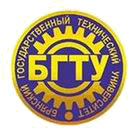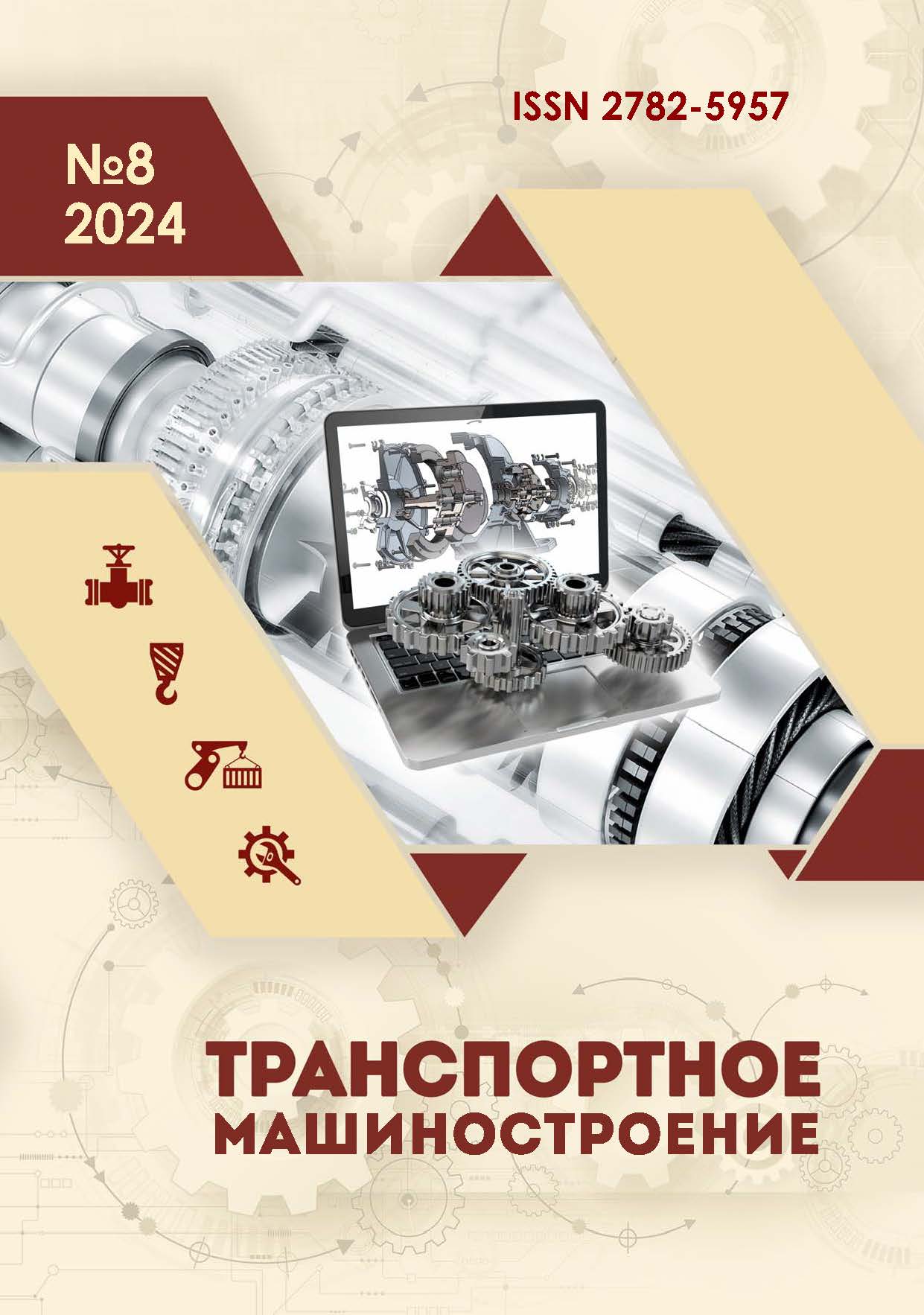Moscow, Moscow, Russian Federation
Russian Library and Bibliographic Classification 344
The surface quality of aluminum and copper alloy parts is studied when they are formed, which is important for transport engineering. The main task is to determine the conditions conducive to the formation of specified criteria for surface quality and to find out the dependencies of various factors when applying edge cutting machining and electrochemical processes. The research includes experimental and analytical parts, which are presented as conclusions, including the most optimal modes and conditions in terms of quality formation. The research methods are of an experimental and practical nature with the comparison and evaluation of the results obtained, in which the features of porous metal ceramics machining and methods for improving the efficiency of surface forming while maintaining the functional physical parameters of the part surfaces are considered. The novelty of the study is in finding dependencies of the obtained quality on the machining conditions and the comparative characteristics of the obtained surfaces not only in terms of changes in roughness, but also in surface porosity. As a result, recommendations are made for machining such materials, which minimize the effect of pore tightening and reduce deformation phenomena in the material.
parameters, quality, machining, metal ceramics, aluminum, roughness, porosity
1. Babich BN, Vershinina EV, Glebov VA. Metal powders and powder materials: handbook. Moscow: EKOMET; 2005.
2. Kiparisov SS, Libenson GA. Powder metallurgy. Moscow: Metallurgy; 1980.
3. Kovensky IM, Kuskov VN, Prokhorov NN. Structural transformations in metals and alloys under electrolytic action. Tyumen: Tyumen State Oil and Gas University; 2001.
4. Kulikov MYu, Inozemtsev VE, Mo Naing U. Method to improve the quality of the surface layer using combined mechanical and electrochemical treatment. Collection of Scientific papers, 2012: Visoki Tenologii v Mashinobuduvannii; Kharkiv Polytechnic Institute; 2012.
5. Kulikov MYu, Inozemtsev VE. Study of the impact of cutting conditions on the quality of surface formation of metal ceramic products during their finishing turning. World of Transport and Transportation Journal. 2012;2:44-49.
6. Inozemtsev VE. Use and processing of metal ceramics. World of Transport and Transportation Journal. 2010;4:44-48.
7. Afonin AN, Gaponenko EV, Erenkov OYu. Advanced engineering technologies. Moscow: Spectr; 2012.
8. Poduraev VN. Cutting of tough materials. Moscow: Vysshaya Shkola; 1974.
9. Beletsky VM, Krivov GA. Aluminum alloys (composition, properties, technology, application): handbook. Kiev: Komintech; 2005.
10. Inozemtsev VE. Factors affecting the technological capabilities of metal ceramic sintered materials in blade finishing. Fundamental and Applied Problems of Technics and Technology. 2011;4/2(288):61-66.
11. Inozemtsev VE, Kulikov MYu. IStudy of the influence of finishing mechanical processing conditions of sintered metal-ceramic materials on the quality of the formed surface. Interuniversity Collection of Scientific Papers, 2011: Physics, Chemistry and Mechanics of Tribosystems; Ivanovo: Ivanovo State University; 2011.







